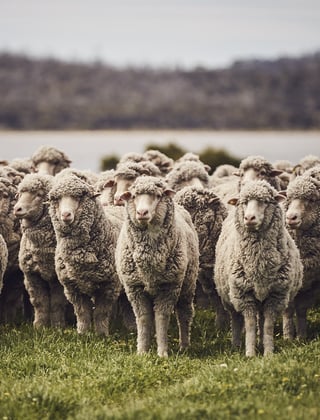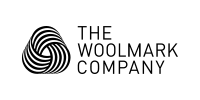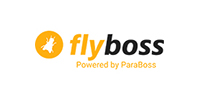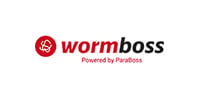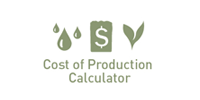More international brands join the Woolmark+ Fellowship tour
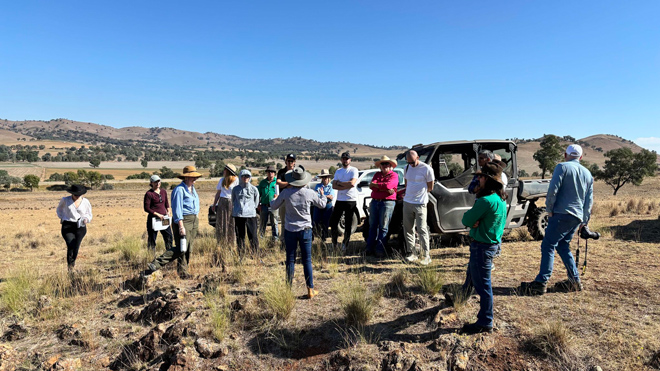
A second delegation of sustainability leaders from across the international fashion industry recently visited several Australian wool-growing properties to learn about the eco-credentials of Australian wool and the options for the brands to partner with the industry to establish a more nature positive supply chain.
AWI hosted its second Woolmark+ Fellowship tour in March, bringing together sustainability leaders from top-tier international brands including the world’s largest luxury fashion group LVMH, French luxury fashion house Chloé, Chinese sporting goods giant ANTA, Canadian outdoor brand Arc’teryx, Indian company Aditya Birla Fashion & Retail, and Australia’s own Country Road.
This was the second Woolmark+ Fellowship tour to Australia and followed on from the successful first tour held in December involving Thom Browne, Diesel, Tod’s, Brioni, and R.M.Williams (see the article in the previous edition of Beyond the Bale).
Woolmark+ Fellowship tours provide the delegates with an opportunity to see first-hand how Australian woolgrowers are responsibly caring for the land and animals on their properties.
The tours also help AWI promote its Woolmark+ roadmap, which was launched last year in response to brands increasingly seeking ways to minimise the environmental impact of their supply chains (see the box below). The delegation was shown ways they can get involved with the roadmap.
The four-day Fellowship trip in March kicked off in Sydney with the delegates learning more about the Australian wool-growing industry from AWI CEO John Roberts; AWI General Manager, Research, Bridget Peachey; and AWI General Manager, Processing Innovation & Education Extension, Julie Davies.
“The Woolmark+ Fellowship is all about fostering connections between Australian woolgrowers and key brands and individuals in the fashion industry,” said AWI CEO, John Roberts.
“From hearing first-hand insights from woolgrowers to diving deep into cutting-edge research, the delegations embark on a journey with Woolmark to explore the co-benefits that wool-growing has for the environment and the fibre’s powerful potential to drive a nature-positive future.”
During the four-day Fellowship trip in March, the delegation visited three wool-growing properties where they met local woolgrowers and gained first-hand insights into their nature-positive farming practices:
- At TA Field’s 3,000-hectare Benangaroo Station, Jugiong, which annually produces 420 bales of 17.5 micron wool, the delegates heard insights from farm manager Tom Macleay and saw a shearing demonstration by AWI shearer trainer Josh Clayton before they headed out to the paddocks for other hands-on experiences.
- At the 3,800-hectare mixed farming Warralong property at Gundagai, the delegates learnt from woolgrower David Carr about how he works to enhance natural capital, from soil health to biodiversity, ensuring a resilient future for wool on the property.
- At Talmo Station, Bookham, the delegates met woolgrowers Chris and Margot Shannon to hear how they work to restore and re-green the land, focusing on planting 430,000 native and biodiverse trees, as part of a larger effort to restore the environment and reduce the property’s carbon footprint.
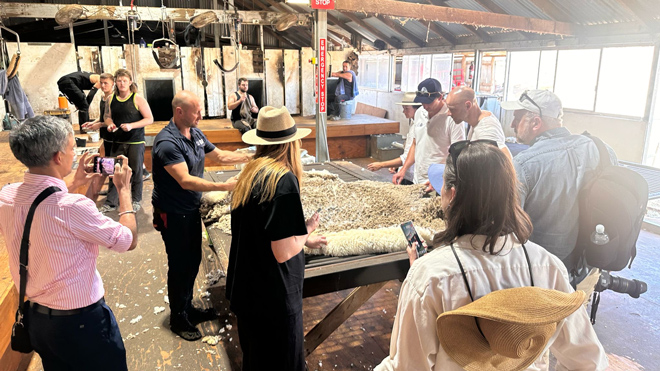
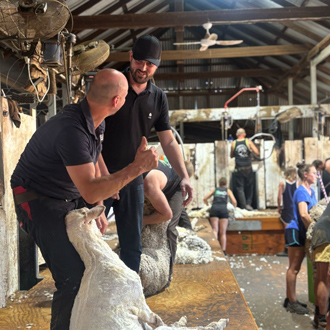
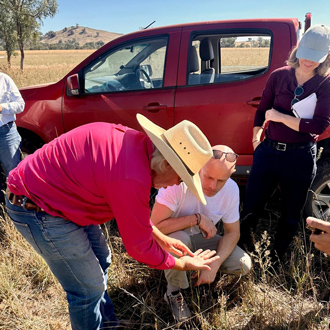
The delegation from international brands learnt about responsible wool production and environmental sustainability, whilst also experiencing life on the farm.
During the tour, the delegation received the following presentations from sustainability experts to complement their visit to the farms:
- Wool knowledge and introduction to Woolmark+ – from AWI Global Sustainability Manager (Acting), Lisa Griplas
- Woolmark+ Australian Wool Insetting Program – from Lara Phillips, Director, Pollination Group
- Natural capital accounting and the Woolmark+ Nature Positive Farming Framework – from Dr Sue Ogilvy, Farming for the Future.
During the tour, the delegates also heard from AWI Woolmark Certification & Traceability Manager, Mark Scott; Natural Capital Advisor for Riverina Local Land Services (LLS), Cherie White; and LLS Cultural Burning Officer, Dean Freeman.
Feedback from guests was overwhelmingly positive, with them all leaving with a deeper understanding of the wool fibre, the Australian wool industry, the environmental benefits of progressive wool-growing practices and how they can engage with the Woolmark+ roadmap.
Feedback on the Woolmark+ Fellowship tour from outdoor brand Arc’teryx
Arc’teryx is a Canadian high performance outdoor apparel and equipment company known for leading innovations in climbing, skiing and alpine technologies. Headquartered in North Vancouver, British Columbia, its products are distributed through more than 160 branded stores and more than 2,400 retail locations worldwide. The company uses Merino wool in some of its base-layers, tops and socks, and aims to use more.
Arc’teryx Raw Materials Sourcing Manager, Megan Lowe, attended the Woolmark+ Fellowship tour. Here she provides her thoughts on what she saw and experienced on the tour.
- How has this experience changed or deepened your understanding of wool as a fibre for the future of apparel?
This brand trip has been an invaluable experience, deepening my appreciation for wool’s potential as a fibre for the future.
Through insightful discussions with Woolmark’s research leaders and sustainability team, I gained a greater understanding of the advancements being made in wool technology. These conversations underscored the fibre’s exceptional thermal and moisture management properties, making it a natural choice for high-performance apparel.
Additionally, the opportunity to meet with agricultural scientists and farmers pioneering wool-related sustainability initiatives was invaluable. Seeing first-hand the commitment to regenerative farming practices and responsible sourcing reinforced wool’s role as a renewable and easily recyclable fibre. Their dedication to environmental stewardship highlights how wool is not only a fibre of tradition but a key material in shaping the future of sustainable fashion.
- What impressed you most about the environmental practices you saw first-hand on the wool-growing properties?
One of the most striking aspects of the wool-growing properties was witnessing first-hand the deep passion farmers have for both soil health and the wellbeing of their flocks. Their commitment to sustainable practices was evident in the way they carefully managed crop rotations, grazing patterns, and utilised droughtlots to ensure the land remained productive and resilient.
Farmers proudly showcased various biodiversity initiatives they were actively working on, such as waterway planting and the establishment of wildlife corridors to support local ecosystems. At the same time, they thoughtfully pointed out areas where biodiversity programs were not applicable – where landscapes naturally foster lean ecosystems, demonstrating an understanding that conservation is not a one-size-fits-all approach.
Beyond the environmental efforts, farm life carried a strong sense of community. Farmers openly shared stories of how they support one another and their communities, fostering a collaborative spirit that strengthens the agricultural industry as a whole. Their passion extended to the future of the industry, as many were actively enrolling young people in apprenticeships and had succession plans in place to ensure long-term sustainability and the continuation of their work.
It was inspiring to see the dedication, care, and forward-thinking approach these farmers bring to their land, their animals, and their communities.
- What will you take away from the Woolmark+ Fellowship experience, and how do you see it influencing your work?
The Woolmark+ Fellowship has been an invaluable experience, offering deep insights into the wool industry and sustainable practices. One of the most significant takeaways is the importance of further education, both within our company and for our customers. By sharing the knowledge gained through the Fellowship, we can enhance understanding around the complexities of wool’s benefits as a fibre, sustainability efforts, and the broader impact of responsible sourcing.
The Fellowship provided opportunity to meet with different levels of the supply chain and has highlighted disconnects within the supply chain, areas where greater transparency and collaboration could improve efficiency and sustainability. Recognising these gaps presents an opportunity to address challenges and create a more seamless, responsible supply chain that benefits all stakeholders.
Another key takeaway is the potential for deeper exploration into natural accounting and the ways we can expand our sustainability initiatives. Understanding and quantifying environmental impact in a meaningful way will allow us to make informed decisions that support long-term ecological balance and responsible business practices.
Overall, this experience has provided a fresh perspective on the industry, reinforcing the importance of education, collaboration, and innovation in our work. With these insights, we can continue to grow in our commitment to sustainability while ensuring that wool remains a valued and responsibly sourced material.
What is the Woolmark+ roadmap?
In response to shifting consumer preferences towards low-impact products, coupled with new regulatory measures and auditing requirements, AWI last year unveiled a comprehensive new roadmap known as Woolmark+.
The Woolmark+ roadmap contains 13 initiatives to support woolgrowers and their customers meet the challenges and tap into the opportunities that are uniquely available to the wool industry.
The roadmap is designed to help woolgrowers and supply chain partners accelerate nature positive outcomes for the industry, ensuring woolgrowers’ commitments to nature are recognised and supported.
More information: www.wool.com/woolmarkplus
This article appeared in the Winter 2025 edition of AWI’s Beyond the Bale magazine that was published in June 2025. Reproduction of the article is encouraged.







